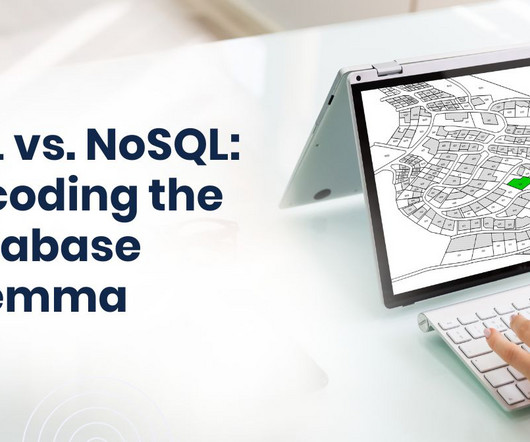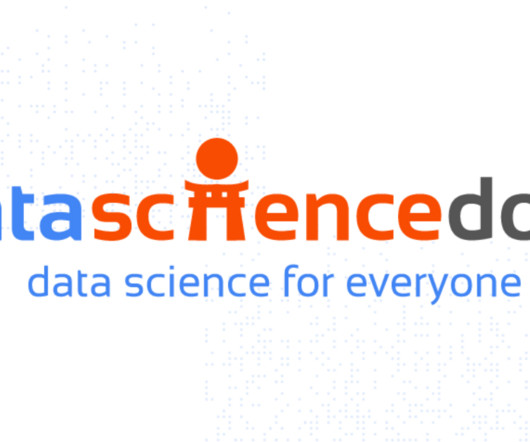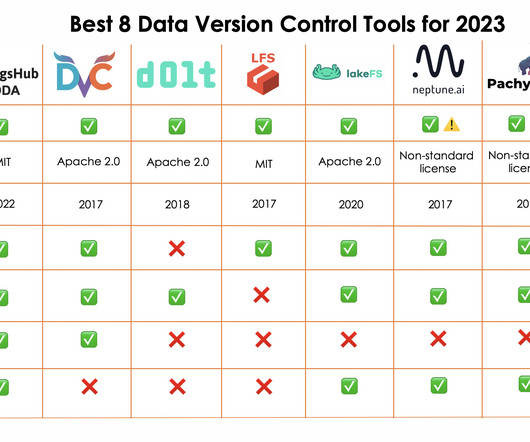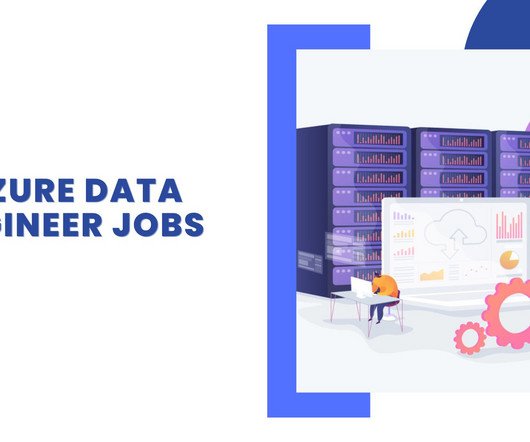SQL vs. NoSQL: Decoding the database dilemma to perfect solutions
Data Science Dojo
JULY 12, 2023
Welcome to the world of databases, where the choice between SQL (Structured Query Language) and NoSQL (Not Only SQL) databases can be a significant decision. In this blog, we’ll explore the defining traits, benefits, use cases, and key factors to consider when choosing between SQL and NoSQL databases.

























Let's personalize your content